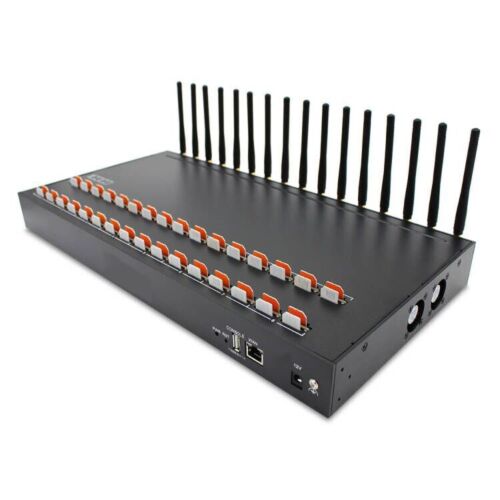A group of researchers managed to show that Bluetooth signals emitted by electronic devices can be identified and tracked individually. Experts at the University of California say that only a proper tracking tool is required to carry out this follow-up.
Although the attack sounds simple, the researchers note that a threat actor would have to overcome multiple obstacles to replicate this scenario on a commonly used device: “By their nature, Bluetooth Low Energy (BLE) wireless tracking beacons could pose a significant risk to users’ privacy. For example, an adversary could track a device by placing BLE receivers near public places and then record the presence of the user’s beacons.”
Examples of this are the BLE beacons that Microsoft and Apple added to their operating systems for functions such as tracking lost devices, connecting smartphones to wireless devices such as headphones or wireless speakers, and allowing users to switch devices easily.
The devices transmit signals at a speed close to 500 beacon signals per minute. To address security and privacy issues, many BLE proximity apps use measures such as cryptographically anonymizing and periodically rotating the identity of a mobile device on their beacons. They will routinely re-encrypt the device’s MAC address, while apps rotate identifiers so receivers can’t link beacons from the same device.
Any user could evade these obstacles by taking the device’s logs on a lower layer. Previous studies have shown that wireless transmitters have small imperfections accidentally introduced during manufacturing that are unique to each device.
Experts found that similar imperfections in Bluetooth transmitters create distortions that can be used to create a unique fingerprint. These fingerprints can be used to track devices and therefore unsuspecting users.
As mentioned above, this is not a straightforward process. To begin with, threat actors would need to isolate the target to capture the log in wireless transmissions and find the unique features of the physical layer of the Bluetooth transmitter; subsequently, hackers would require a receiver in a place where a device might be and force passive detection of the target’s Bluetooth transmissions.
Feel free to access the International Institute of Cyber Security (IICS) websites to learn more about information security risks, malware variants, vulnerabilities, and information technologies.

He is a well-known expert in mobile security and malware analysis. He studied Computer Science at NYU and started working as a cyber security analyst in 2003. He is actively working as an anti-malware expert. He also worked for security companies like Kaspersky Lab. His everyday job includes researching about new malware and cyber security incidents. Also he has deep level of knowledge in mobile security and mobile vulnerabilities.










